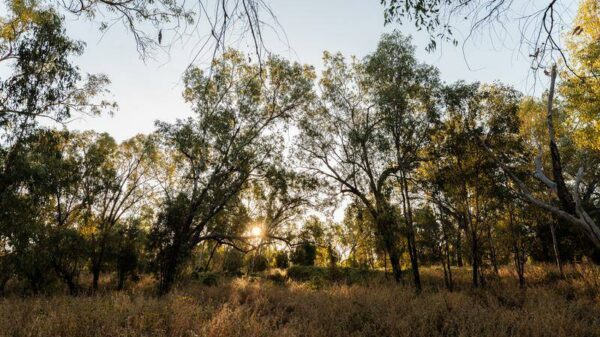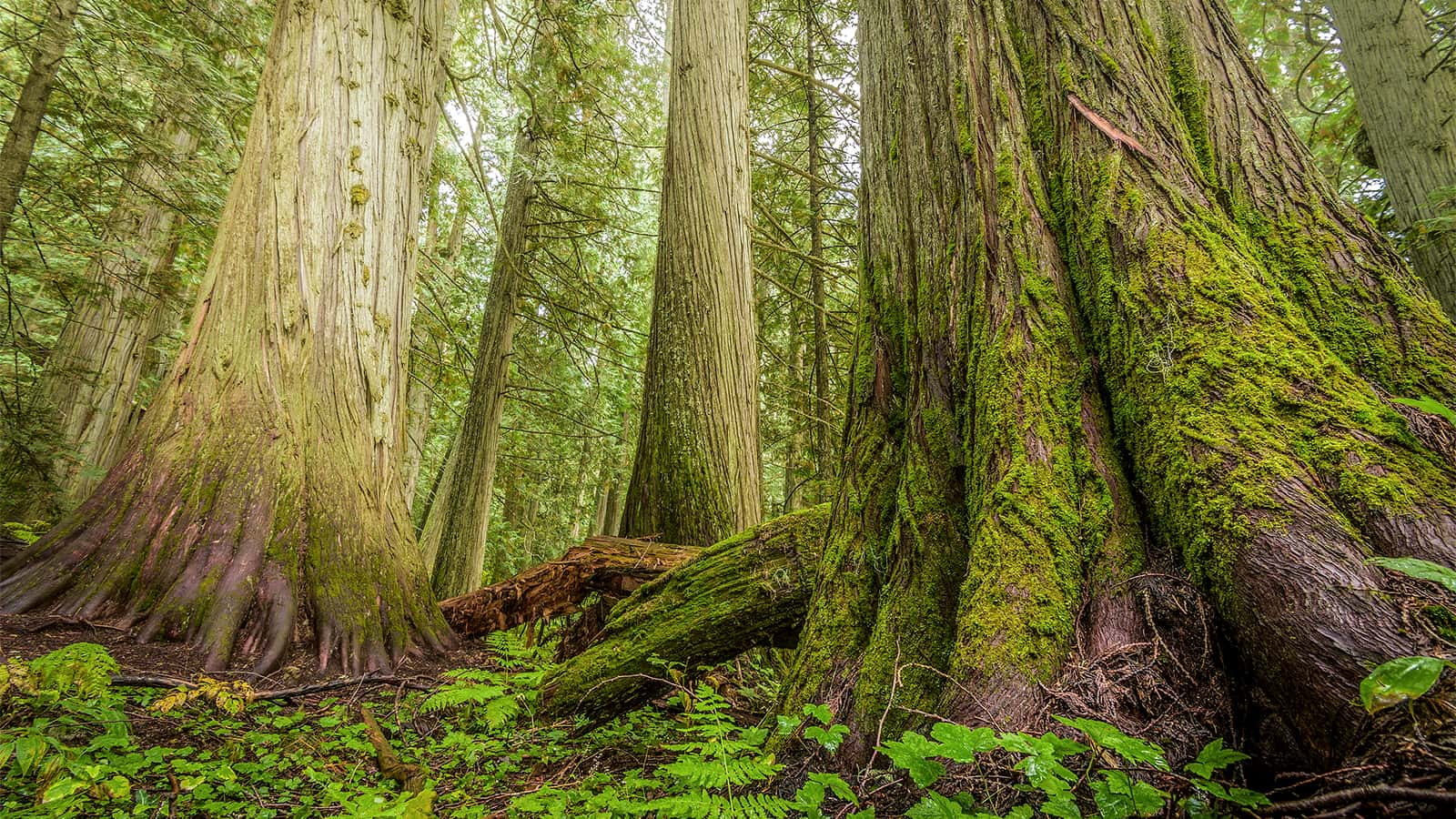A new tool developed by researchers at the University of Alberta aims to enhance conservation efforts for old-growth forests in British Columbia. The study, led by Nick Pochailo, provides critical insights into identifying regions most likely to remain stable amid climate change, allowing for more effective conservation strategies.
The research emphasizes the importance of protecting old-growth forests, which are defined as trees aged between 140 and 250 years in British Columbia. These forests currently account for approximately 25 percent of the province’s forested areas. However, their expanse has dramatically decreased from 25 million hectares to about half that size due to logging, intensified wildfires, and pests exacerbated by climate change.
Strategic Conservation Efforts
Pochailo, who conducted the study as part of his dual master’s degree in forestry, explains that the tool focuses on areas of potential climatic stability. “Old-growth forests located in areas of potential climatic stability offer exceptional long-term conservation value,” he notes. This approach allows land managers to prioritize conservation efforts based on where these forests can thrive.
The study, supervised by Scott Nielsen, a professor of conservation biology, highlights the ecological significance of these forests. They serve as vital habitats for various wildlife, including endangered species like the mountain caribou and northern spotted owls. Additionally, these forests hold immense cultural and recreational value for many communities.
To assess the impact of climate change on old-growth forests, the researchers utilized computer modeling to predict ecosystem shifts by the 2050s. This analysis led to the creation of maps pinpointing areas where old-growth forests are most likely to persist, assuming minimal disturbances like logging or wildfires. The findings revealed that 110,545 square kilometers of old-growth forest could naturally expand by up to 69,410 square kilometers by 2055 if left undisturbed.
Identifying Climate Change Refugia
The research also indicates that about 54 percent of British Columbia and up to 63 percent of its existing old-growth forests are situated in regions expected to provide climate stability, referred to as “climate-change refugia.” Yet, the study underscores the vulnerability of these vital ecosystems. Pochailo notes that less than 12 percent of the province’s current old growth is both protected and within these climate refugia, with under 0.2 percent located in areas of high refugia probability.
Co-author Leonardo Viliani, a PhD student in conservation biology, points out that this research can help close gaps in land-use management and conservation planning. “It helps identify new, high-priority areas for conservation, addressing where to harvest and where the next protected areas should be,” he explains.
The findings not only contribute to local conservation efforts but also align with Canada’s federal commitment to protect 30 percent of its land and oceans by 2030. Nielsen emphasizes that the tool offers a data-driven approach to conservation, which can be adapted for other old-growth forests across the country.
In summary, this innovative research provides a roadmap for preserving British Columbia’s ancient forests, ensuring their survival amid the challenges posed by climate change. By strategically focusing conservation efforts, the study aims to secure the ecological integrity and cultural significance of these vital ecosystems for future generations.






























































